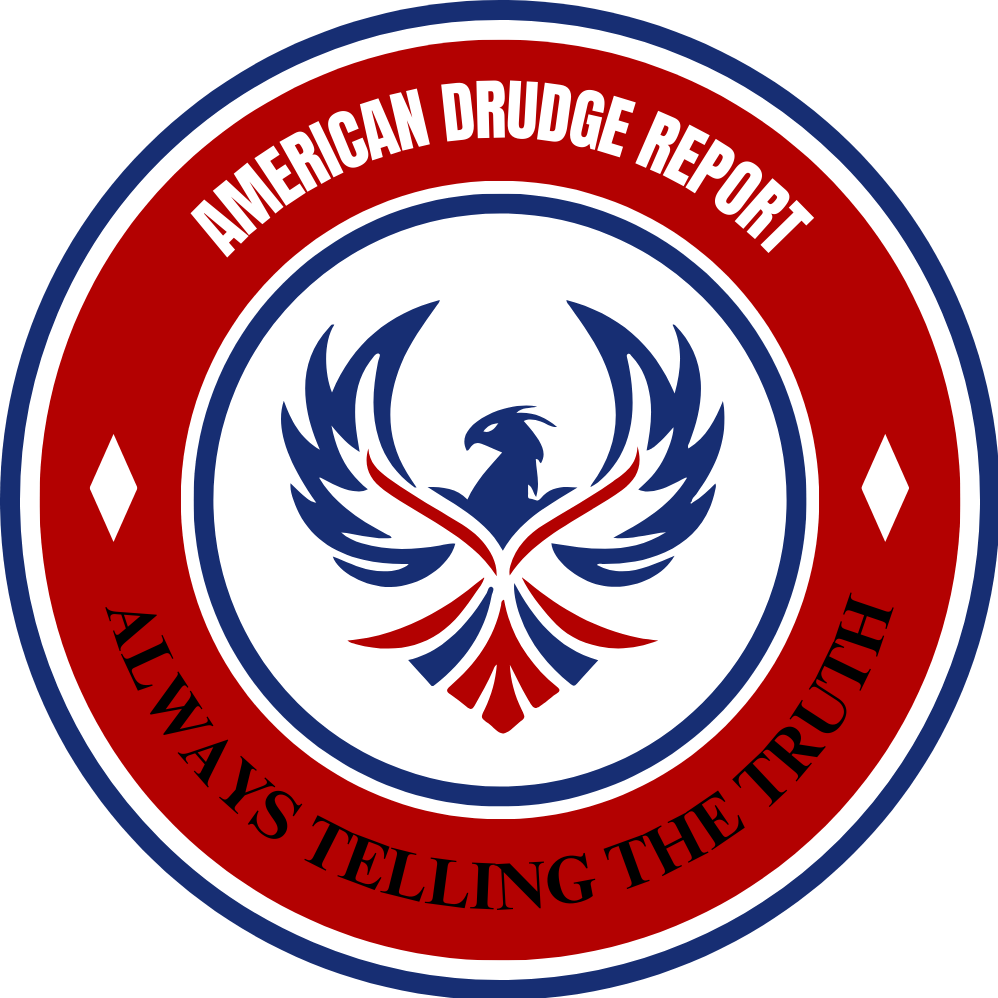A recent Israeli airstrike in Gaza has claimed the life of Anas al-Sharif, a journalist for Al Jazeera. His death has sparked significant media coverage, but many reports have overlooked some critical details about his background and affiliations.
Al-Sharif was among five Al Jazeera journalists killed in the strike on August 10, 2025. The Israeli Defense Forces (IDF) stated that he was not just a journalist but also the head of a Hamas terrorist cell involved in planning rocket attacks against Israeli civilians. They claimed to possess intelligence that links him to Hamas, suggesting that he was integrated into the news organization while serving as an operative.
On the day of the October 7, 2023, Hamas attack, which resulted in the deaths of over 1,200 Israelis, al-Sharif made a post on Telegram celebrating the violence. He expressed excitement about the attacks, stating, “9 hours and the heroes are still roaming the country killing and capturing … God, God, how great you are ❤️❤️❤️.” This post has raised questions about his role as a journalist and his connections to Hamas leadership, including photos showing him with Yahya Sinwar, a prominent Hamas figure.
In the aftermath of al-Sharif’s death, various media outlets have portrayed him differently. Reuters referred to him as a “prominent Al Jazeera journalist,” while CNN quoted Al Jazeera’s news director condemning the airstrike as an attack on journalists. Other outlets like the BBC and The Guardian echoed this sentiment, emphasizing his status as a reporter.
The Associated Press noted that this conflict is one of the deadliest for journalists in recent history. They quoted al-Sharif’s statement before his death, where he claimed he always conveyed the truth “without distortion or falsification.”
In contrast, the New York Times described him as a “well-known correspondent” and included claims from the Hamas-controlled Gaza Health Ministry about the number of casualties in the conflict.
As the situation unfolds, the narrative surrounding Anas al-Sharif’s life and work continues to generate debate, highlighting the complexities of journalism in conflict zones and the challenges of distinguishing between reporting and advocacy.

